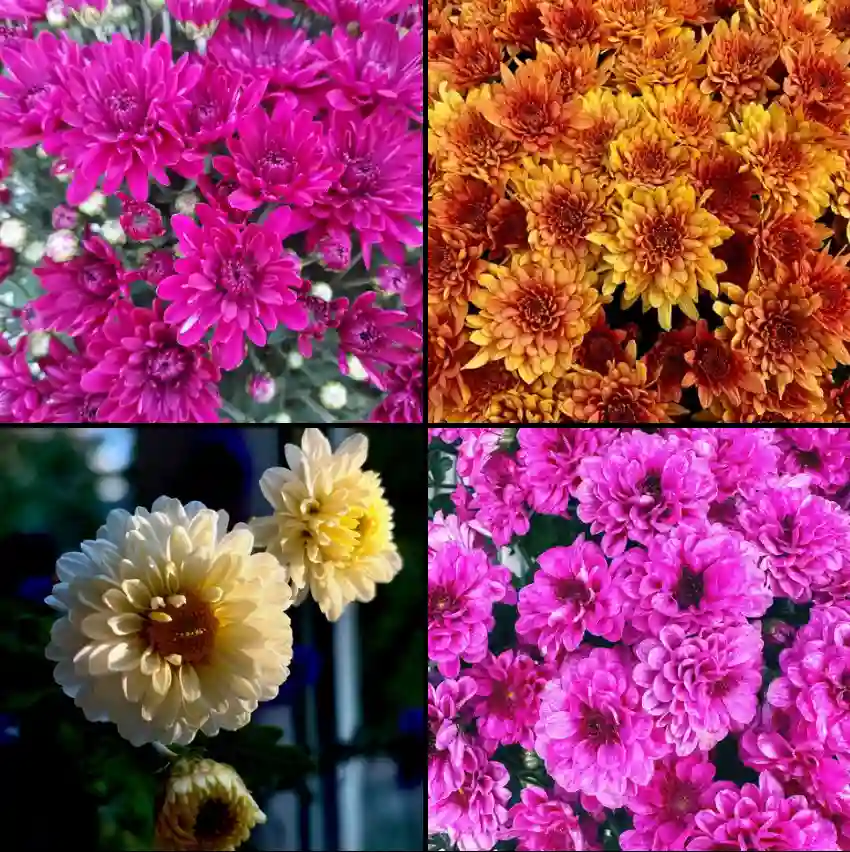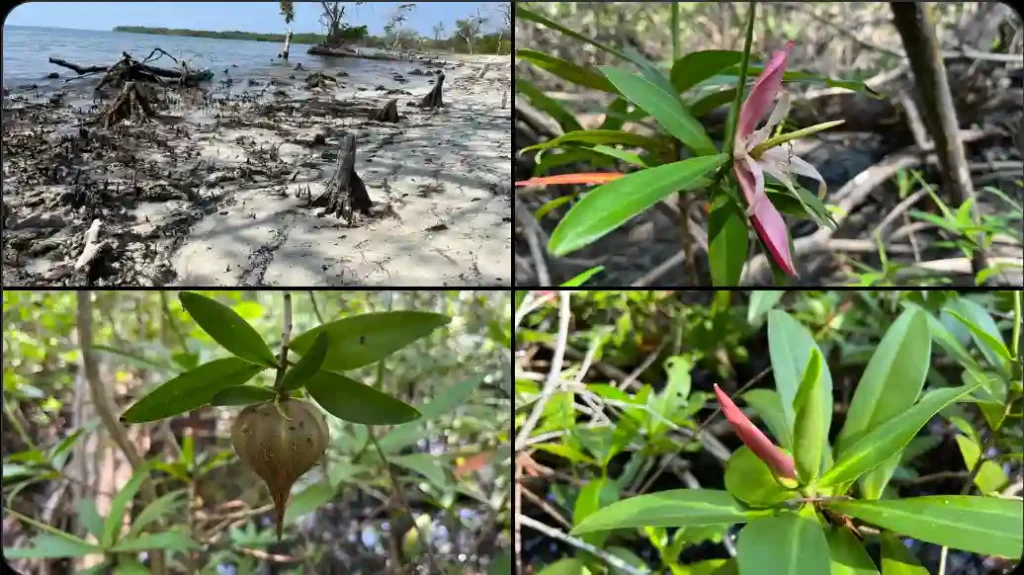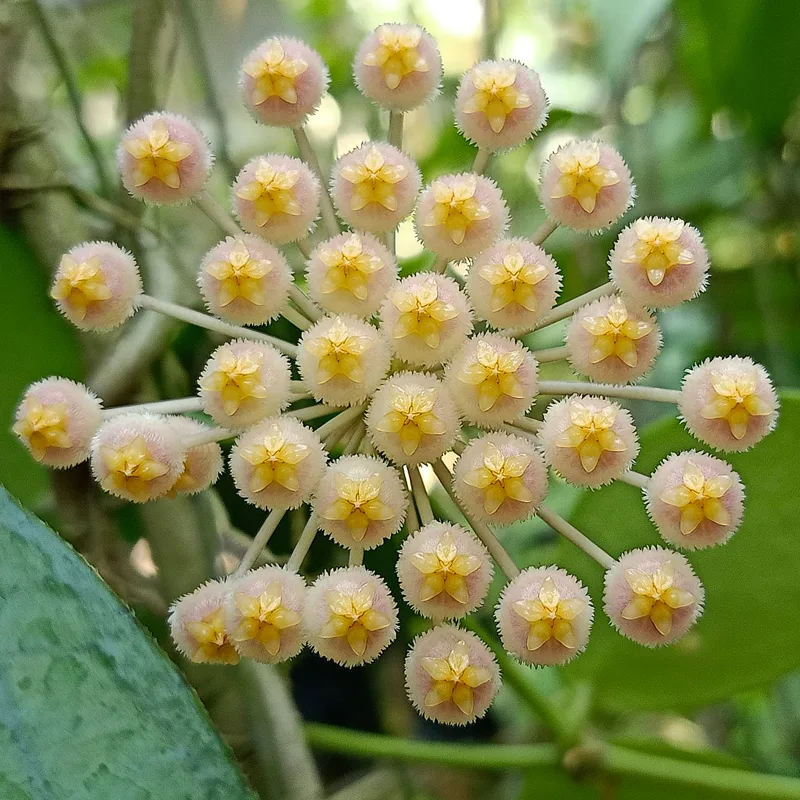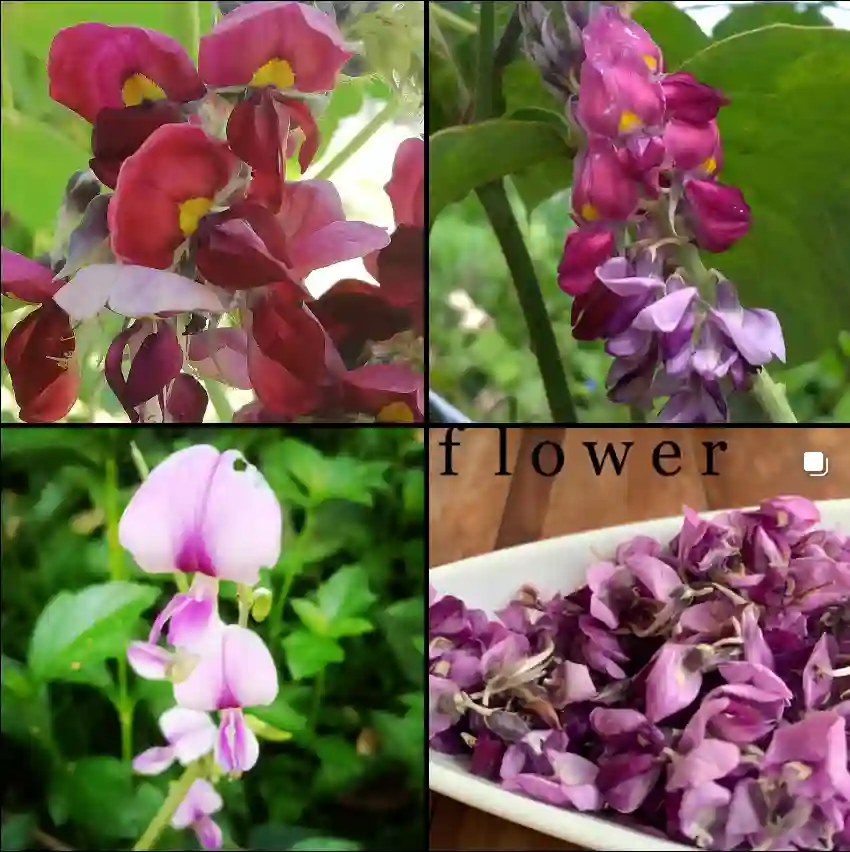Unveiling the Celastraceae Family: A Personal Journey
I, Ferb Vu, am an avid plant enthusiast with a deep appreciation for the biodiversity of our planet. Today, I want to share my fascination with the Celastraceae family, a group of plants that have captured my attention for their ecological importance, diverse forms, and intriguing chemical properties.
The Celastraceae Family: An Overview
The Celastraceae family, commonly known as the staff-vine family or bittersweet family, is a large and diverse group of flowering plants. It comprises around 98 genera and over 1,300 species distributed across tropical and subtropical regions worldwide. These plants exhibit a remarkable range of growth habits, from small herbs and shrubs to climbing vines and large trees.
Genera List of the Celastraceae Family
The Celastraceae family encompasses a vast array of genera, each with its unique characteristics and ecological roles:
- Celastrus: This genus comprises climbing shrubs and lianas known for their colorful fruits and ornamental value.
- Euonymus: Commonly called spindle trees or burning bush, this genus features shrubs and small trees with attractive foliage and fruits. – 145 Species in Genus Euonymus
- Maytenus: This genus consists of evergreen trees and shrubs, some of which are used in traditional medicine for their medicinal properties.
- Catha: This genus is known for the species Catha edulis, commonly called khat, a shrub whose leaves are chewed for their stimulant effects. – Catha Edulis in Genus Catha – Khat
- Gymnosporia: This genus comprises thorny shrubs and trees, some of which are used for hedging and ornamental purposes.
- Microtropis: This genus features evergreen trees and shrubs, often found in tropical rainforests.
- Lophopetalum: This genus consists of trees, some of which yield valuable timber.
- Salacia: This genus comprises climbing shrubs and lianas, some of which are used in traditional medicine for their anti-diabetic properties. – 215 Species in Genus Salacia
- Acanthothamnus Brandegee
- Allocassine N.Robson
- Anthodon Ruiz & Pav.
- Apatophyllum McGill.
- Apodostigma R.Wilczek
- Arnicratea N.Hallé
- Bequaertia R.Wilczek
- Brassiantha A.C.Sm.
- Brexia Norhonha ex Thouars
- Brexiella H.Perrier
- Campylostemon Welw. ex Benth. & Hook.f.
- Canotia Torr. – crucifixion thorn
- Cassine L.
- Cheiloclinium Miers
- Crossopetalum P.Browne
- Cuervea Triana ex Miers
- Denhamia Meisn.
- Dicarpellum (Loes.) A.C.Sm.
- Dinghoua R.H.Archer
- Elachyptera A.C.Sm.
- Elaeodendron Jacq.
- Empleuridium Sond. & Harv.
- Evonymopsis H.Perrier
- Fraunhofera Mart.
- Glyptopetalum Thwaites
- Goniodiscus Kuhlm.
- Gyminda (Griseb.) Sarg.
- Hartogiopsis H.Perrier
- Haydenoxylon M.P.Simmons
- Hedraianthera F.Muell.
- Helictonema Pierre
- Hexaspora C.T.White
- Hippocratea L.
- Hylenaea Miers
- Hypsophila F.Muell.
- Kokoona Thwaites
- Lauridia Eckl. & Zeyh.
- Lepuropetalon Elliott
- Loeseneriella A.C.Sm.
- Lydenburgia N.Robson
- Macgregoria F.Muell.
- Maurocenia Mill.
- Menepetalum Loes.
- Monimopetalum Rehder
- Mortonia A.Gray
- Mystroxylon Eckl. & Zeyh.
- Nicobariodendron Vasudeva Rao & Chakrab.
- Orthosphenia Standl.
- Parnassia L.
- Paxistima Raf.
- Peripterygia Loes.
- Peritassa Miers
- Plagiopteron Griff.
- Platypterocarpus Dunkley & Brenan
- Plenckia Reissek
- Pleurostylia Wight & Arn.
- Polycardia Juss.
- Pottingeria Prain
- Prionostemma Miers
- Pristimera Miers
- Psammomoya Diels & Loes.
- Pseudosalacia Codd
- Ptelidium Thouars
- Pterocelastrus Meisn.
- Putterlickia Endl.
- Quetzalia Lundell
- Reissantia N.Hallé
- Robsonodendron R.H.Archer
- Rzedowskia Medrano
- Salacighia Loes.
- Salaciopsis Baker f.
- Salvadoropsis H.Perrier
- Sarawakodendron Ding Hou
- Schaefferia Jacq.
- Semialarium N.Hallé
- Simicratea N.Hallé
- Siphonodon Griff.
- Stackhousia Sm.
- Tetrasiphon Urb.
- Thyrsosalacia Loes.
- Tontelea Miers
- Torralbasia Krug & Urb.
- Tripterococcus Endl.
- Tripterygium Hook.f.
- Tristemonanthus Loes.
- Trochantha (N.Hallé) R.H.Archer
- Wilczekra M.P.Simmons
- Wimmeria Schltdl. & Cham.
- Xylonymus Kalkman ex Ding Hou
- Zinowiewia Turcz.
Ecological Importance of Celastraceae
The Celastraceae family plays a crucial role in various ecosystems. Many species serve as food sources for pollinators such as bees, butterflies, and birds. Their fruits are also consumed by various animals, aiding in seed dispersal. Some Celastraceae species are known to form symbiotic relationships with nitrogen-fixing bacteria, enriching the soil and promoting plant growth.
Chemical Properties and Uses
Celastraceae plants are known for their diverse chemical constituents, including alkaloids, terpenoids, and flavonoids. These compounds contribute to various medicinal properties attributed to some species within the family. For example, certain species are used in traditional medicine to treat ailments such as fever, inflammation, and diabetes. Some Celastraceae plants also yield valuable timber and are used for ornamental purposes.
Conservation Concerns
Despite their ecological importance and potential benefits, some Celastraceae species face conservation concerns. Habitat loss due to deforestation and land conversion poses a significant threat to their survival. Overexploitation for medicinal and timber purposes also impacts certain species. Conservation efforts, including habitat restoration and sustainable harvesting practices, are crucial for preserving the diversity of this remarkable plant family.
Conclusion
My exploration of the Celastraceae family has been a rewarding experience. The diversity of forms, ecological roles, and potential uses of these plants have deepened my appreciation for the natural world. I hope that by sharing my passion for the Celastraceae family, I can inspire others to learn more about and appreciate the wonders of plant biodiversity. Let us all work together to conserve and protect these valuable resources for future generations.
If i die, water my plants!



